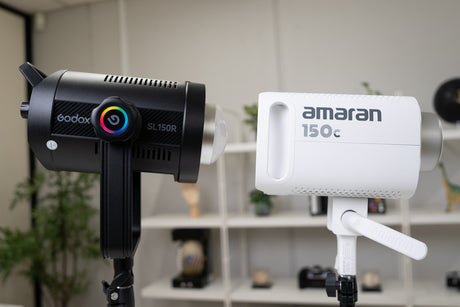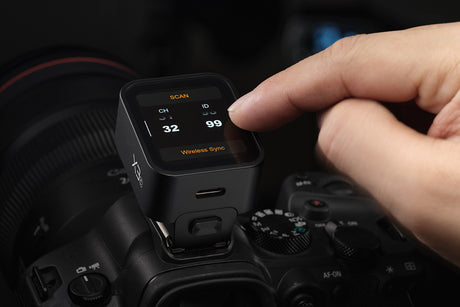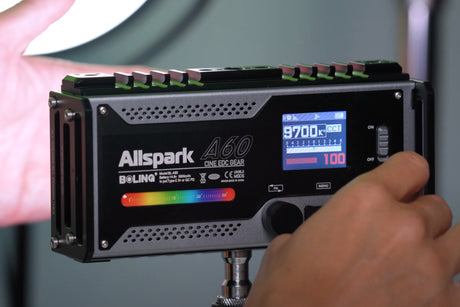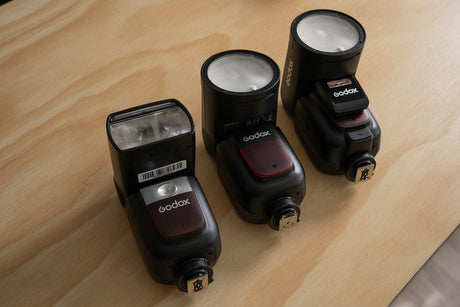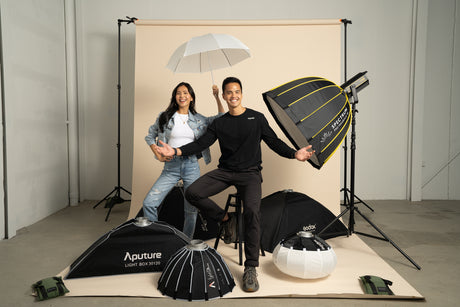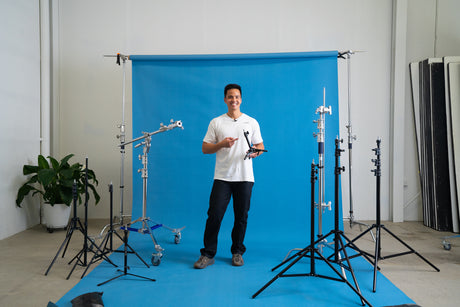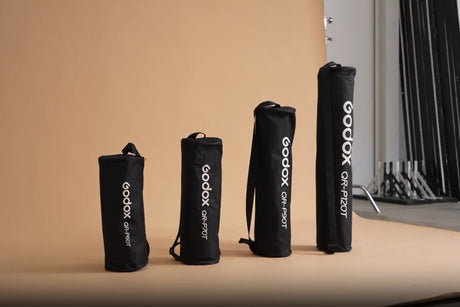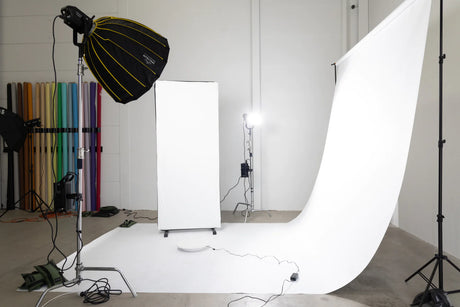Some of the greatest shots have been taken by accident. Even you might have taken a beautiful picture just by being in the right place at the right time. You have your camera in hand, and then you suddenly encounter this beautiful sight, and so you focus on it and shoot the scene, and voila! You got an awesome shot right there. But the thing is, you need a lot of luck to be able to do that every single time. So we try to use a more methodical approach in order to improve our chances of getting the shots we desire more often.
See It
Opening our eyes is such a natural thing to do. So this first step is a piece of cake, right? Actually, as simple as it seems, it can sometimes be quite a challenging task. Seeing potential in practically everywhere can be a little tricky. When we set out to photograph something, we already have an idea of the image we’ll be trying to capture. For example, the great outdoors greatly provides us with all kinds of images and scenes to shoot. But with a definite picture you have in mind, you might end up missing out on something staring at you in the face. You might have been itching to photograph mountain wildflowers. That’s great. But what about all the other plants you hiked past in your journey?
Wherever you are, there’s a multitude of things happening around you. May it be in the great outdoors or in the living room where you sit reading this article. Let’s do a little exercise. Why don’t you count how many things you are aware of and how many things go unnoticed by you? Most likely, despite the huge number of items you can name in your surroundings, there are even more that you disregard. And with those things, there are a million different angles you could look at it. The vantage points, the distances. The possibilities are limitless, you’ll never run out of them.
Despite that, you may remember that time you couldn’t find inspiration and ended up with no more than a few good images after a photo shoot. Don’t worry. That experience is universal. All of us have experienced that at some point in our lives.
The secret to getting through that challenging situation is to simply stop and stare. When you take your time to sit down, you might actually start becoming more aware of your surroundings. And when you’re more comfortable and used to your environment, get up and start looking. Don’t feel pressured to do it quickly. The best way is to take your time and continue relishing your surroundings. See things as they are. Don’t go looking for what you wish to be there. You’ll surely find something and discover a possibility you’ve never realized before. Remember to widen your perspective and not just see, but look.
Think About It
Now that you’ve found a potential subject, the next step is deciding on the best way you can capture it. Human beings naturally see things as three dimensional objects while photographs show flattened 2D images. That can be challenging when taking pictures.
Things get even more complicated once you realize that what you see and perceive may not be an exact reflection of reality. Your eyes aren’t the only organs involved when you see things. Since your brain plays a role, it can augment what you see at the moment with the things you saw moments before and combines the inputs from other senses to create the total experience. Similar previous experiences are also confounding factors in the way we interpret our surroundings. It’s the reason why the reliability of first hand eye witness testimonies can be questioned in court trials. Yes, things can get pretty tricky when our eyes do tricks on us.
The difference between our eyes and the camera lens is that the focal length of our eyes is constant while that of the camera lens is variable. Zoom lenses are widely used by many, but changing lenses can change things up for those who want a fixed focal length. Contrary to what many people assume, focal length does not alter the way we see things. It only changes how much the camera’s view will take in. It therefore affects how much distance should be between you and the subject for it to be seen adequately. Perspective is created through this variable distance.
So what if you find that your subject turns out to be not what you were expecting? Recreate the illusion of what you think you saw by adjusting the camera viewpoint and focal length. That’s not always possible, but you can always achieve your desired effect by careful planning.
Shutter speed is another helpful factor that can enhance your shots. Different shutter speeds will result in a variety of effects for moving subjects. So one of the best tricks in photography is to get familiar with your camera so you’ll have an easy time deciding what’s the best way to put your vision into the photograph.
Capture It
Once you’ve mastered the first two steps, this part should be easy for you. That perfect image is soon to be captured once your subject is ready and you’ve figured out the best way to translate that vision into a reality. After perfecting the plan, it’s time to execute it. And to do that successfully, there are some components you need to take note of to ensure that the results would be amazing.
You can have your camera steady or moving while you take the picture. If you want to keep it still, you have to place it on a tripod. But if the effect you want to achieve entails panning the camera, you’ll need to plan your movements carefully. Either way, controlling the camera is essential.
The technique you’ll use will also matter so make sure to employ what’s best. Using a lens hood will help you minimize stray light. A clean lens is also a must. Take off all those filters if they’re unnecessary. The sharpness of the image is diminished with each glass layer you have to shoot through. Choosing the appropriate ISO setting is also essential. You have to consider that although higher speeds will make capturing an image easier, it will also contribute to more noise. You have to make a lot of considerations when it comes to the technical details involved in creating the perfect image. You have to give attention to detail in order to make your good photos great ones.
Basically, the key to becoming an exceptional photographer is simple: master the art. See what’s around you, find the perfect way to capture it, and capture it with much care and thought. Now that you know that, go out there and take some photos. Your masterpiece is waiting for you.



